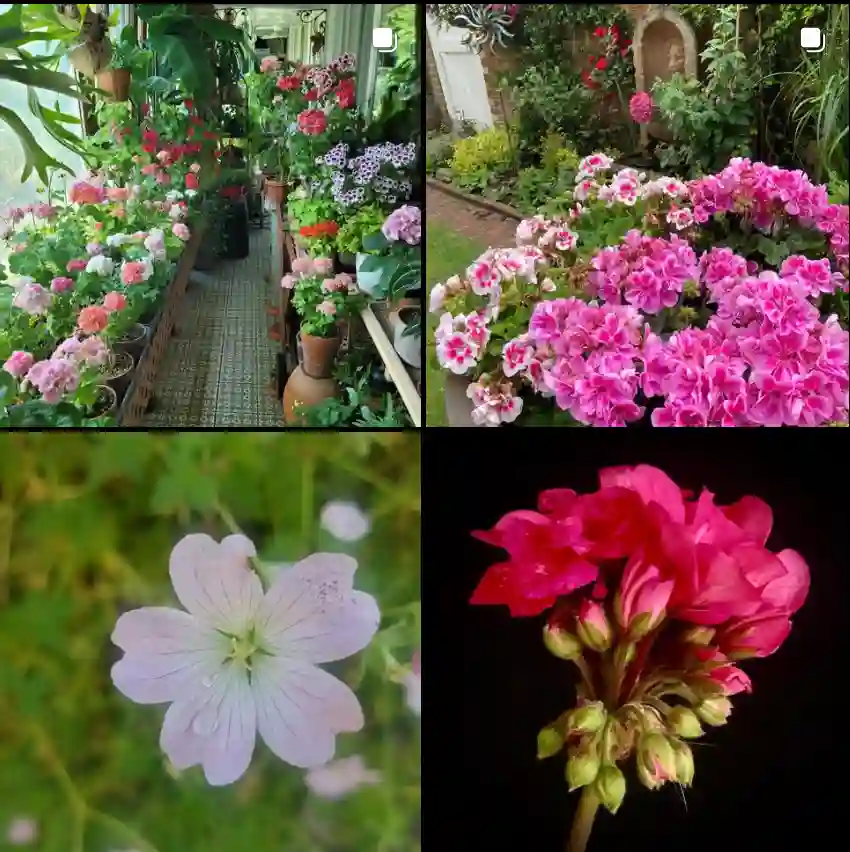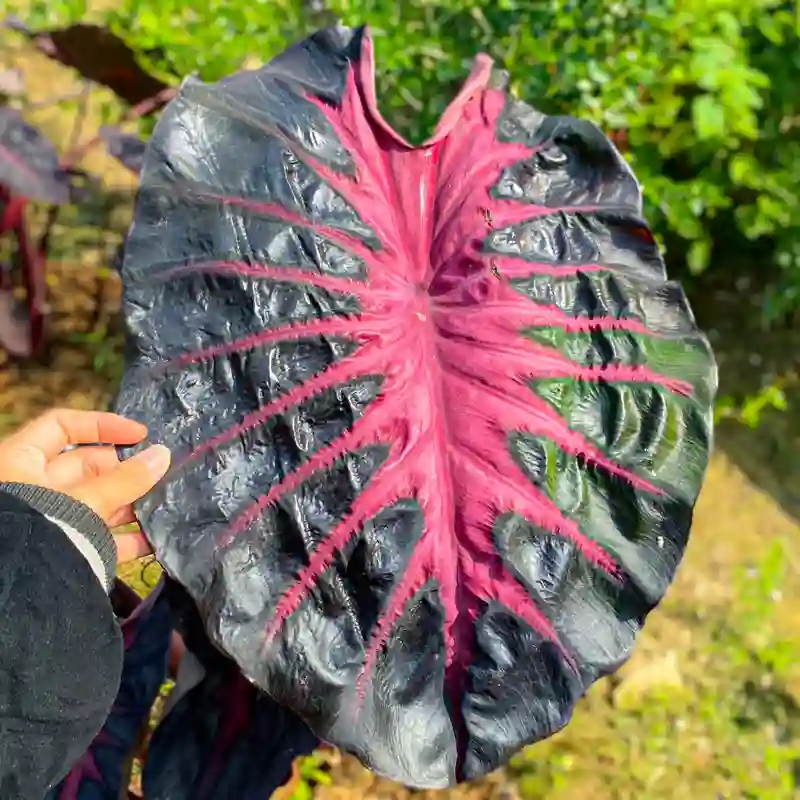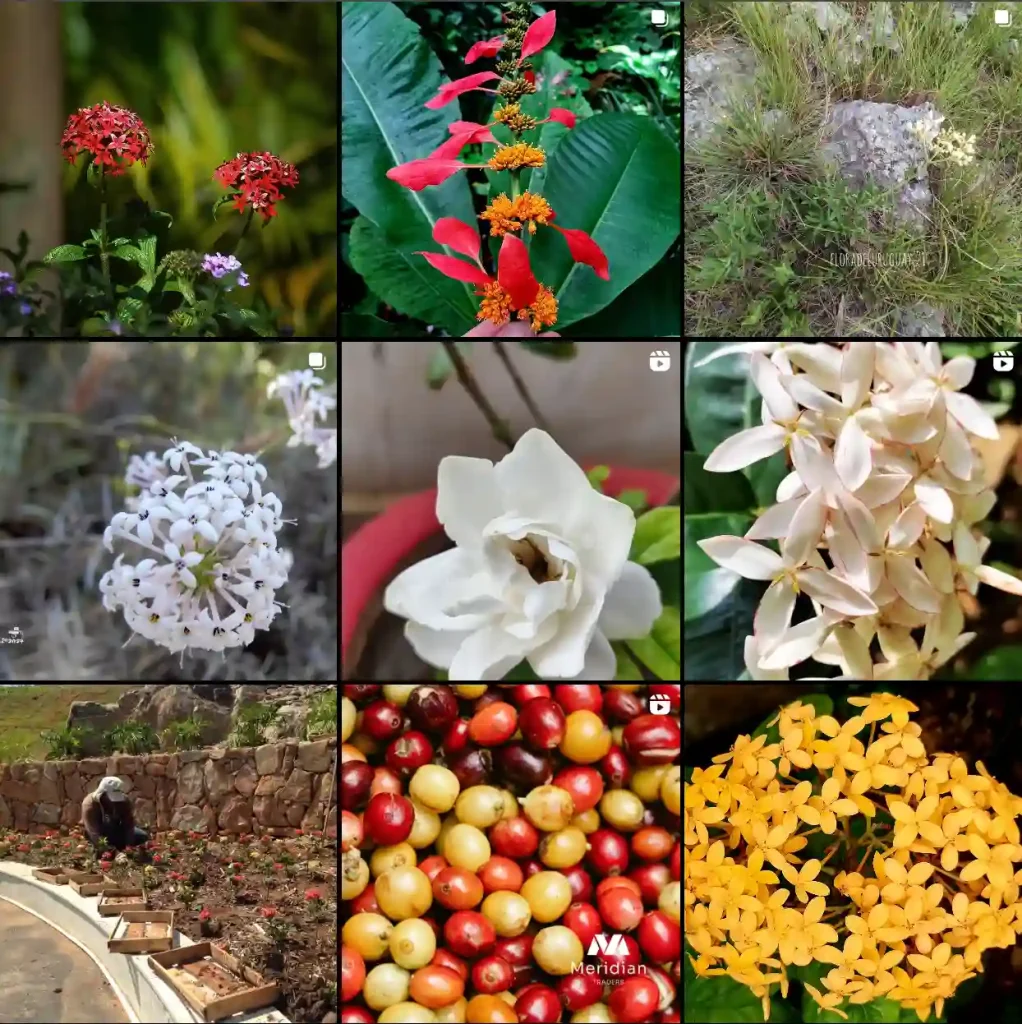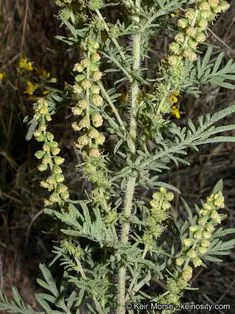Exploring the Lanariaceae Plant Family
The Lanariaceae family is a fascinating yet lesser-known plant family that has captured my interest due to its unique characteristics. It is one of those families that might not have widespread recognition in popular horticulture, but its botanical significance is undeniable. With a small number of species and genera, it stands out as a plant family that thrives in niche environments, particularly in southern Africa. What I find intriguing about the Lanariaceae is how it has adapted to specific regions and how its evolutionary development speaks to the uniqueness of the Cape Floral Kingdom.
Origins and Natural Habitat
The Lanariaceae family is native to South Africa, particularly in the Cape region. This part of the world is known for its biodiversity and specialized flora. Plants here often face harsh climates, with dry summers and nutrient-poor soils, yet they’ve found ways to thrive. The plants in this family have adapted to these conditions, showcasing a resilience that makes them appealing for ecological studies. What’s fascinating about the Cape Floral Kingdom is its richness—it’s one of the six floral kingdoms on Earth but contains more plant species than any other.
Genera of Lanariaceae
While the Lanariaceae family is small, it includes one primary genus: Lanaria. This singularity makes the family even more intriguing to me because it presents an opportunity to dive deep into the characteristics of this genus without being overwhelmed by too much complexity.
The genus Lanaria features a single species, Lanaria lanata, also known as the “Cape edelweiss” due to its woolly flower heads. It’s endemic to South Africa, meaning it isn’t found naturally anywhere else in the world. The plant itself is relatively modest in size, with a rosette of basal leaves and spikes of purple-pink flowers. The most notable feature is the woolly texture of its flower spikes, which is quite striking and gives the plant a unique visual appeal.
Adaptation and Resilience
In terms of its evolutionary adaptations, the Lanaria lanata plant has developed strategies to survive in nutrient-poor soils and withstand prolonged dry spells. The leaves of this plant are often tough and leathery, designed to retain moisture and withstand the scorching African sun. These adaptations make Lanaria not just interesting from a horticultural perspective but also from an ecological one, as it reveals how plants evolve in response to environmental pressures.
This type of plant highlights a key aspect of biodiversity—plants must adapt to their local environments to survive. As someone who enjoys studying plant survival strategies, I find the Lanariaceae family to be a perfect example of nature’s resilience.
Relevance and Importance
Despite being a small family, Lanariaceae holds significant relevance in understanding the ecology of the Cape region. Its limited range and highly specialized adaptation to local conditions provide insights into the broader context of how plants can evolve in response to isolated environments. In an era where climate change and habitat loss threaten biodiversity, studying plants like Lanaria lanata can help us understand how flora might respond to changing climates. Their ability to survive in arid, low-nutrient environments might offer clues on how we can conserve or even cultivate plants in areas that are becoming more drought-prone globally.
Aesthetic Appeal and Cultivation
The aesthetic appeal of Lanaria lanata lies in its woolly flower heads, which offer a different visual texture from many other plants in the region. I’ve always found it fascinating how certain plants develop unusual characteristics, not just for survival, but also as a byproduct of their unique environments. The woolly texture likely helps trap moisture and reflects excess sunlight, yet it also makes the plant visually distinctive.
In terms of cultivation, it’s rare to see Lanaria lanata in regular garden settings, which adds to its allure for plant collectors. Growing this plant would require replicating its natural environment—dry, sandy soils with excellent drainage and plenty of sunlight. It’s a plant for those who are up for the challenge of growing something a bit different.
Conclusion
The Lanariaceae family, though small, holds significant botanical value. The genus Lanaria and its sole species Lanaria lanata are a testament to the power of adaptation and survival in harsh environments. The plant’s resilience and unique appearance make it a subject of interest not only for botanists but also for those of us passionate about plant diversity and ecological sustainability.
For me, the Lanariaceae family exemplifies how even the smallest plant families can contribute to our understanding of global biodiversity. In a world where we often focus on the most well-known or economically valuable plants, families like Lanariaceae remind us to appreciate the quiet, resilient species that survive in the margins of the plant world. Exploring these plants broadens our perspective on what makes Earth’s flora so diverse and resilient.
If i die, water my plants!



